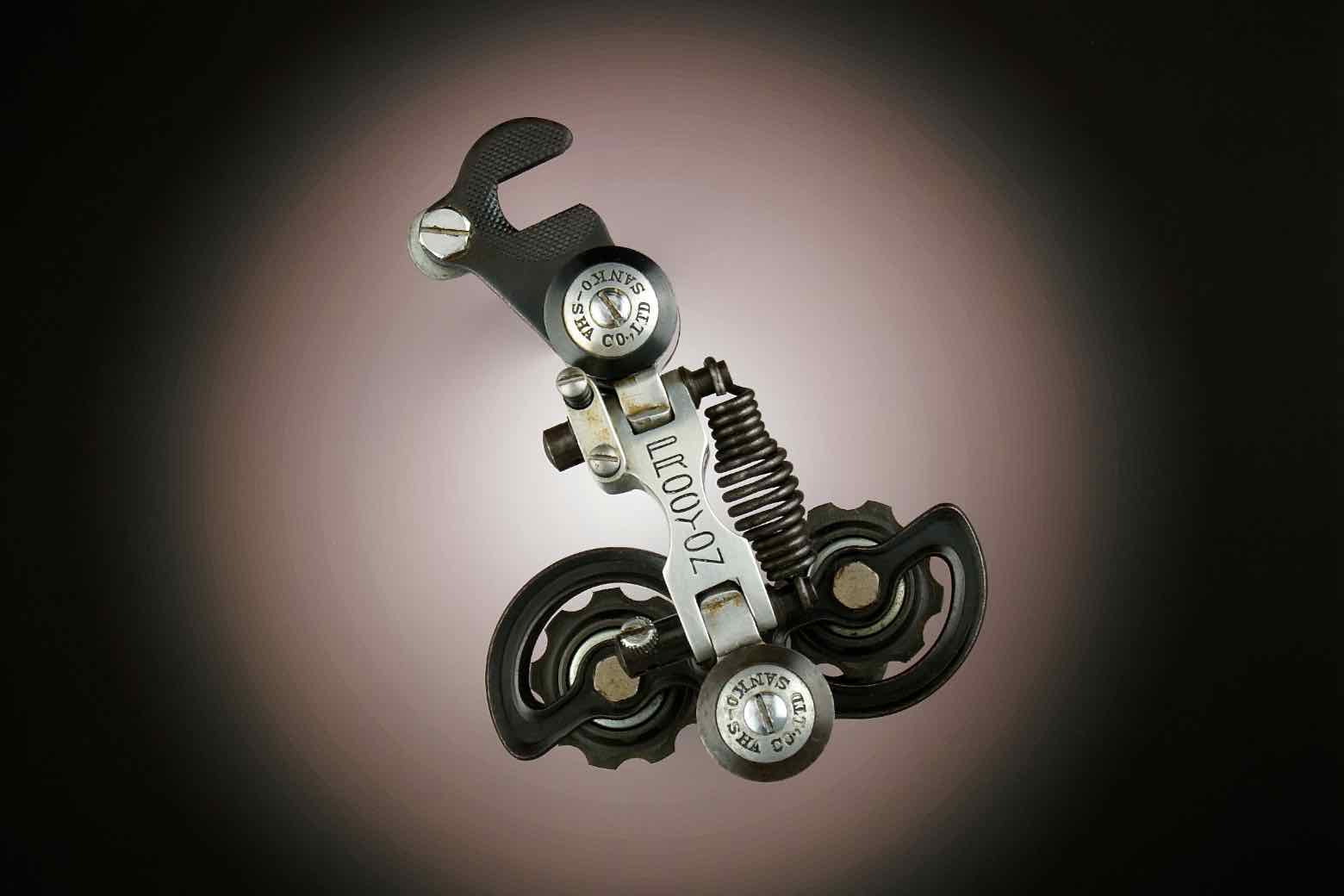For the first time since the beginning of the year, I rode to Rockaway Beach. Although the temperature flirted with 5C (40F), there was still a lot of snow and ice, particularly in the areas between the parked cars and traffic--i.e., where you end up riding on a lot of streets.
I was pretty whupped when I got to the beach. I was chiding myself for being out-of-shape when one of the locals assured me that it's OK, she's tired, too.
Then I remembered that I'd been pedaling into 25-35KPH winds just about all the way there. My snowy friend assured me that flapping her wings in such conditions is work and she gets tired, too.
I got to Rockaway Beach in time for their St. Patrick's parade. It seems that all through March, there are parades (here in New York, anyway) for that Englishman who was kidnapped by Irish raiders and sold into slavery. According to legend, a vision of an angel inspired him to escape and go to the continent to become a monk. Then he returned to the Emerald Isle and, during the next thirty years of his life, covered it with churches and monasteries.
So they're celebrating an Englishman who colonized their island? Of course, the difference between Patrick and the later British conquerors is that he accomplished his dominion through ecclesiastical means, in contrast to the military and economic stranglehold the Crown would later have.
Rockaway Beach has long been a predominantly Irish-American community, and it seemed as if every single resident was on the streets. A few even sauntered and shuffled on the sand by the ocean. Most of them were too drunk--or, at least, had imbibed enough Guinness Stout not to care about history, the weather or much of anything else.
Heck, this guy didn't even care that he was riding an orange bike:
Don't get me wrong: I love orange bikes. I've had a few in my time. But I have to wonder whether orange is the right color for St. Paddy's Day.
I was pretty whupped when I got to the beach. I was chiding myself for being out-of-shape when one of the locals assured me that it's OK, she's tired, too.
Then I remembered that I'd been pedaling into 25-35KPH winds just about all the way there. My snowy friend assured me that flapping her wings in such conditions is work and she gets tired, too.
I got to Rockaway Beach in time for their St. Patrick's parade. It seems that all through March, there are parades (here in New York, anyway) for that Englishman who was kidnapped by Irish raiders and sold into slavery. According to legend, a vision of an angel inspired him to escape and go to the continent to become a monk. Then he returned to the Emerald Isle and, during the next thirty years of his life, covered it with churches and monasteries.
So they're celebrating an Englishman who colonized their island? Of course, the difference between Patrick and the later British conquerors is that he accomplished his dominion through ecclesiastical means, in contrast to the military and economic stranglehold the Crown would later have.
Rockaway Beach has long been a predominantly Irish-American community, and it seemed as if every single resident was on the streets. A few even sauntered and shuffled on the sand by the ocean. Most of them were too drunk--or, at least, had imbibed enough Guinness Stout not to care about history, the weather or much of anything else.
Heck, this guy didn't even care that he was riding an orange bike:
Don't get me wrong: I love orange bikes. I've had a few in my time. But I have to wonder whether orange is the right color for St. Paddy's Day.












